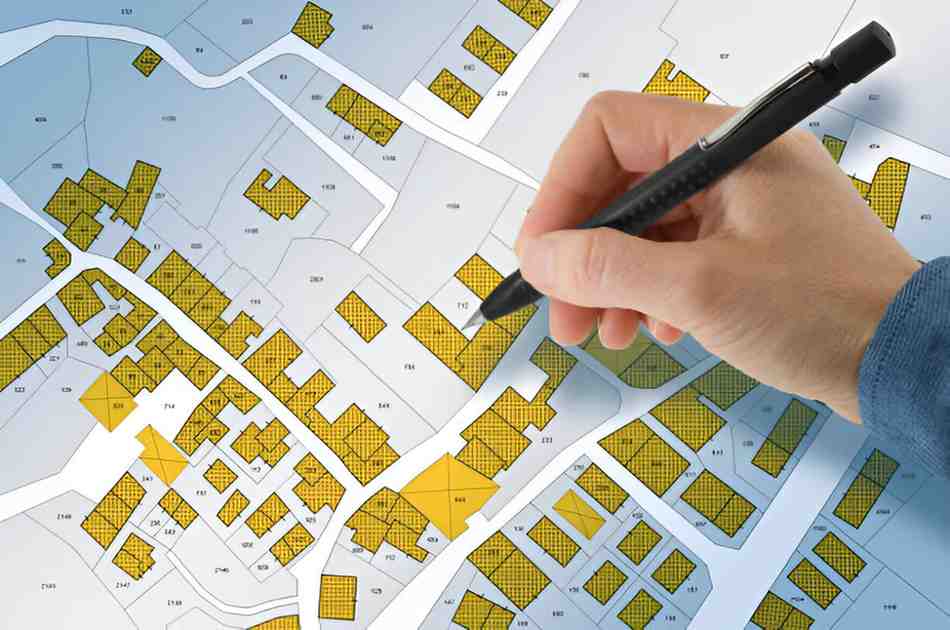In today’s fast-paced business environment, establishing a strong online presence is more critical than ever. One of the most effective ways for businesses to create that presence is through Solus sites. Understanding the fundamentals of Solus sites can provide significant advantages, whether you’re a seasoned entrepreneur or just stepping into the digital world. In this article, I will explore the concept of Solus sites, explain how they work, and demonstrate how businesses can leverage them to navigate the evolving business landscape with ease. I will break down the core components, offer practical insights, and even run through calculations and comparisons to give you a thorough understanding of Solus sites and how to make the most of them.
Table of Contents
What Are Solus Sites?
A Solus site is essentially a standalone website designed to meet specific business needs without relying on external platforms. These sites are tailored to individual businesses, providing a unique and personalized web presence. Unlike multi-site platforms or template-based websites, Solus sites are custom-built to reflect a company’s values, services, and branding while optimizing the user experience.
The term “Solus” typically refers to something singular or independent. When applied to websites, a Solus site emphasizes the idea of self-sufficiency, giving businesses full control over their online presence. These sites are highly customizable, allowing businesses to integrate their branding, functionalities, and business-specific features.
Why Choose a Solus Site?
The decision to choose a Solus site over a template or a multi-site platform can have several benefits for a business. Here’s why more companies are opting for Solus sites:
1. Full Control Over Design and Features
With a Solus site, the business has complete control over how the website looks and functions. Unlike template-based sites, where design choices are limited, Solus sites offer flexibility in design and functionality. This level of customization can help businesses create a website that truly reflects their brand and meets their specific needs.
2. Scalability
As businesses grow, their website needs may change. A Solus site can be scaled up to accommodate more traffic, new features, or additional content. Since these sites are custom-built, adjustments and additions can be made as the business evolves, ensuring the website can keep up with growing demands.
3. Improved SEO and Performance
Since Solus sites are specifically designed for a business’s unique needs, they can be optimized for search engines more effectively. This leads to better rankings on search engine result pages (SERPs), helping businesses attract more organic traffic. Additionally, performance optimizations can be implemented more easily, leading to faster page load times and an improved user experience.
4. Enhanced Security
When using a template-based site or a multi-site platform, security vulnerabilities can arise from shared resources. With a Solus site, the business has control over security measures, making it easier to implement robust security protocols that protect sensitive data and mitigate threats.
5. Flexibility in Marketing and Analytics
Solus sites provide businesses with more freedom to implement marketing strategies, track performance, and analyze user behavior. Custom integrations with analytics tools and marketing platforms can be set up, giving businesses the insights they need to make data-driven decisions.
Key Components of a Solus Site
To understand Solus sites fully, it’s important to break down their key components. Below are the critical elements that make up a Solus site:
1. Domain Name
The domain name is the web address that users type into their browsers to access the website. It’s crucial for a Solus site to have a unique and memorable domain name that aligns with the company’s branding. Choosing the right domain name can have a significant impact on the business’s online identity.
2. Web Hosting
Web hosting is the service that allows businesses to store their website’s files and data. For Solus sites, a reliable hosting provider is essential to ensure fast page load times and minimal downtime. Businesses can choose between shared hosting, virtual private servers (VPS), or dedicated servers depending on their needs.
3. Website Design
The design of a Solus site is one of its most significant selling points. Unlike templated websites, which follow preset themes, Solus sites are custom-designed to meet the needs of the business. The design should reflect the brand’s identity, providing users with a seamless and engaging experience.
4. Content Management System (CMS)
A CMS is the software that enables businesses to create, manage, and modify content on their website. With a Solus site, the CMS can be tailored to the specific needs of the business. Popular CMS options include WordPress, Joomla, and Drupal, but custom-built solutions are also common for Solus sites.
5. Functionalities and Features
The features and functionalities of a Solus site are often built from the ground up. These may include e-commerce capabilities, contact forms, blogs, membership portals, and other custom solutions. The business can decide what features to include based on its goals and target audience.
6. Security
Security is a top priority for any website, and Solus sites are no exception. Implementing SSL certificates, firewalls, and regular software updates are essential to protect user data and prevent cyberattacks.
How to Build a Solus Site
Building a Solus site is a multi-step process that requires careful planning, design, and development. Below, I’ve outlined the steps involved in building a successful Solus site:
Step 1: Define the Purpose of the Site
Before diving into design and development, it’s essential to define the purpose of the Solus site. Ask yourself: What is the goal of the website? Is it to sell products, provide information, or generate leads? Understanding the primary goal will help guide the design and functionality decisions.
Step 2: Choose a Domain Name and Hosting Provider
The next step is selecting a domain name and hosting provider. The domain name should be short, memorable, and related to the business’s brand. For hosting, it’s essential to choose a provider that offers fast load times, reliable uptime, and excellent customer support.
Step 3: Design the Website
Designing a Solus site involves creating a layout that is both functional and visually appealing. This step includes selecting color schemes, fonts, images, and navigation structures. The website should be user-friendly, with clear calls to action and easy navigation.
Step 4: Develop the Site
Once the design is in place, the next step is development. This involves coding the website and setting up the CMS. If custom functionality is required, this is also the stage where those features are developed and integrated.
Step 5: Optimize for SEO
Search engine optimization (SEO) is essential for ensuring the website ranks well on search engines. Optimizing a Solus site involves using relevant keywords, optimizing metadata, ensuring mobile responsiveness, and improving page load speed.
Step 6: Launch the Site
After the site is developed and optimized, it’s time to launch. Before going live, it’s essential to test the website to ensure everything is functioning as expected. Once the site is live, monitor its performance regularly and make adjustments as needed.
Case Study: How a Solus Site Can Benefit Your Business
Let’s consider a case study of a small business that has successfully utilized a Solus site. ABC Consulting, a financial advisory firm, was struggling with a generic website built on a multi-site platform. They wanted to improve their branding and offer a more tailored user experience.
By opting for a Solus site, ABC Consulting was able to design a custom website that better reflected their expertise and services. The website featured an integrated blog, client testimonials, and a contact form for scheduling consultations. They also incorporated a secure client portal for document sharing, which became a valuable feature for their clients.
The results were impressive. After launching the Solus site, ABC Consulting saw a 25% increase in organic traffic, a 40% increase in lead generation, and improved client satisfaction. The custom functionalities allowed the firm to offer a more personalized experience, which helped differentiate them from their competitors.
Financial Implications: Cost of Building a Solus Site
Building a Solus site involves various costs, and understanding these costs can help businesses plan their budgets accordingly. The overall cost of creating a Solus site will depend on factors like the complexity of the design, the functionalities required, and the development time.
| Cost Factor | Estimated Range |
|---|---|
| Domain Name | $10 – $50/year |
| Web Hosting | $5 – $50/month |
| Website Design | $2,000 – $10,000 |
| Development Costs | $5,000 – $50,000 |
| SEO and Marketing | $500 – $5,000/month |
| Maintenance Costs | $500 – $3,000/year |
This table outlines some of the typical costs involved in building and maintaining a Solus site. Depending on the business’s needs, these costs can vary significantly.
Conclusion
Solus sites offer a powerful way for businesses to carve out their niche in the digital world. By providing complete control over design, functionality, and content, Solus sites allow businesses to create unique online experiences that align with their specific goals. While building and maintaining a Solus site can require an investment of time and resources, the long-term benefits—such as increased traffic, improved security, and enhanced branding—make it a worthwhile endeavor. As businesses continue to navigate the ever-changing digital landscape, Solus sites will remain a valuable tool for those seeking to stand out in a crowded marketplace.





